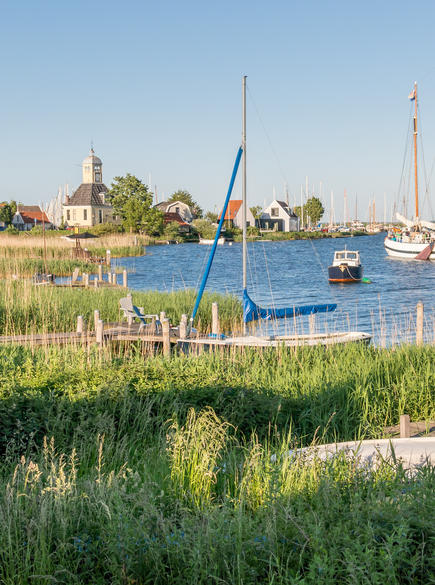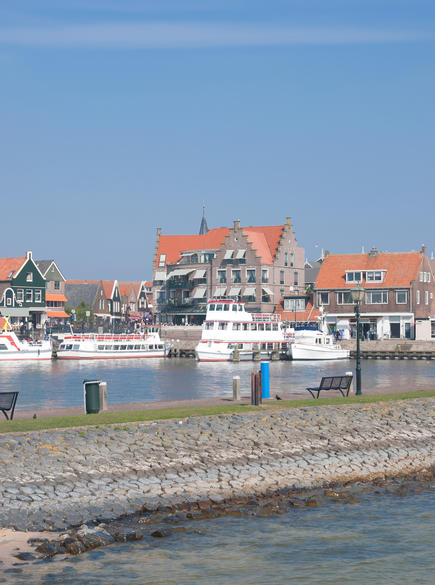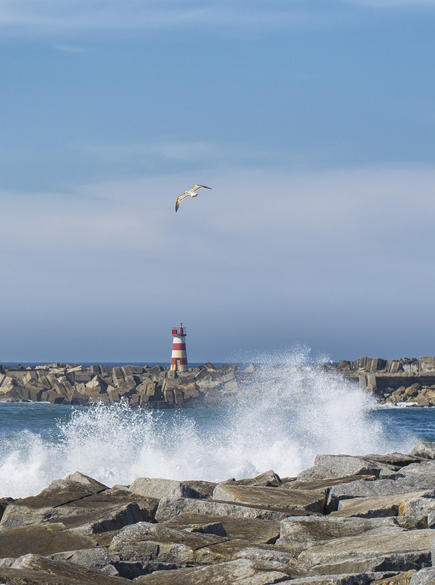Sailing Holidays in IJsselmeer - Peaceful boating in the Netherlands

Boats for rent in: Ijsselmeer
Ijsselmeer
With charming villages, picturesque Dutch scenery, and a long history of fishing and boating, the IJsselmeer lake is the Netherlands’ most popular sailing destination. Whether you’re looking for a thrilling water sports vacation or a peaceful wander around local harbour towns, a holiday on this lake has it all.


IJsselmeer - Catering to all interests!
Further south, the cobbled streets and market square of Workum are considered some of the most beautiful in the country. Dock in one of the marinas on the Het Zool canal or by the Schutsluis lock in order to explore the village, formerly a hub of eel-trading with England. IJsselmeer is also considered a haven for bird life, and bird-watching is very popular. In particular, winter sees many species of water bird return to the area, such as the Smew and Goosander. Cormorants are also common in the lake, and bird-watching tours run from the surrounding villages. Engineering and boating enthusiasts will want to visit the Afsluitdijk dam, a manmade causeway which created the lake from the sea. There are impressive locks where the fresh water and sea water meet at the village of Den Oever, at the Dutch end of the dike, and Kornwerderzand, in its centre.

Sailing conditions of the lake
Due to its geographical history, sailing conditions on IJsselmeer can sometimes be difficult. The seabed is the same as it was a thousand years ago and the varied topography, combining deep tides with shallow areas, means the wind can greatly affect the swell. Short swells are particularly common and occasionally the waters can become extremely rough. Motor yachts may even capsize in bad weather, so be sure to check nautical charts and weather forecasts before setting out on the lake.
- Stavoren Marina (Stavoren)
- Stichting Jachthaven Medemblik (Medemblik)
- Jachthaven Marina Makkum (Makkum)
- Marina Makkum (Makkum)
- Jachthaven Friese Hoek BV (Lemmer)
- Lelystad Haven BV (Lelystad)
Sailing Routes Ijsselmeer
Become inspired for your next charter on the Ijsselmeer and check out our recommended route suggestion below:
How to get there - Airports in Ijsselmeer
- Lelystad Airport
- Amsterdam Airport Schipol
- Gronigen Airoprt Eelde
- Rotterdam The Hague Airport
Climate & Weather in Ijsselmeer
IJsselmeer has a moderate maritime climate, with warm summers and cold winters. The best months to visit are between May and September, when you can expect a high change of reasonably warm weather. July and August are the hottest months, with average highs of 21º and a water temperature of up to 20º. In winter, temperatures may drop below freezing—in both 1963 and 1996 the lake froze over entirely—and even in the years when it does not freeze, winter is likely to be chilly. Due to the shallowness of the lake, the cool water temperatures have a greater than average effect on the surrounding mainland, so you can expect sweeping cold winds. In the north of the lake, the effects of the North Sea also lead to cooler temperatures in general.